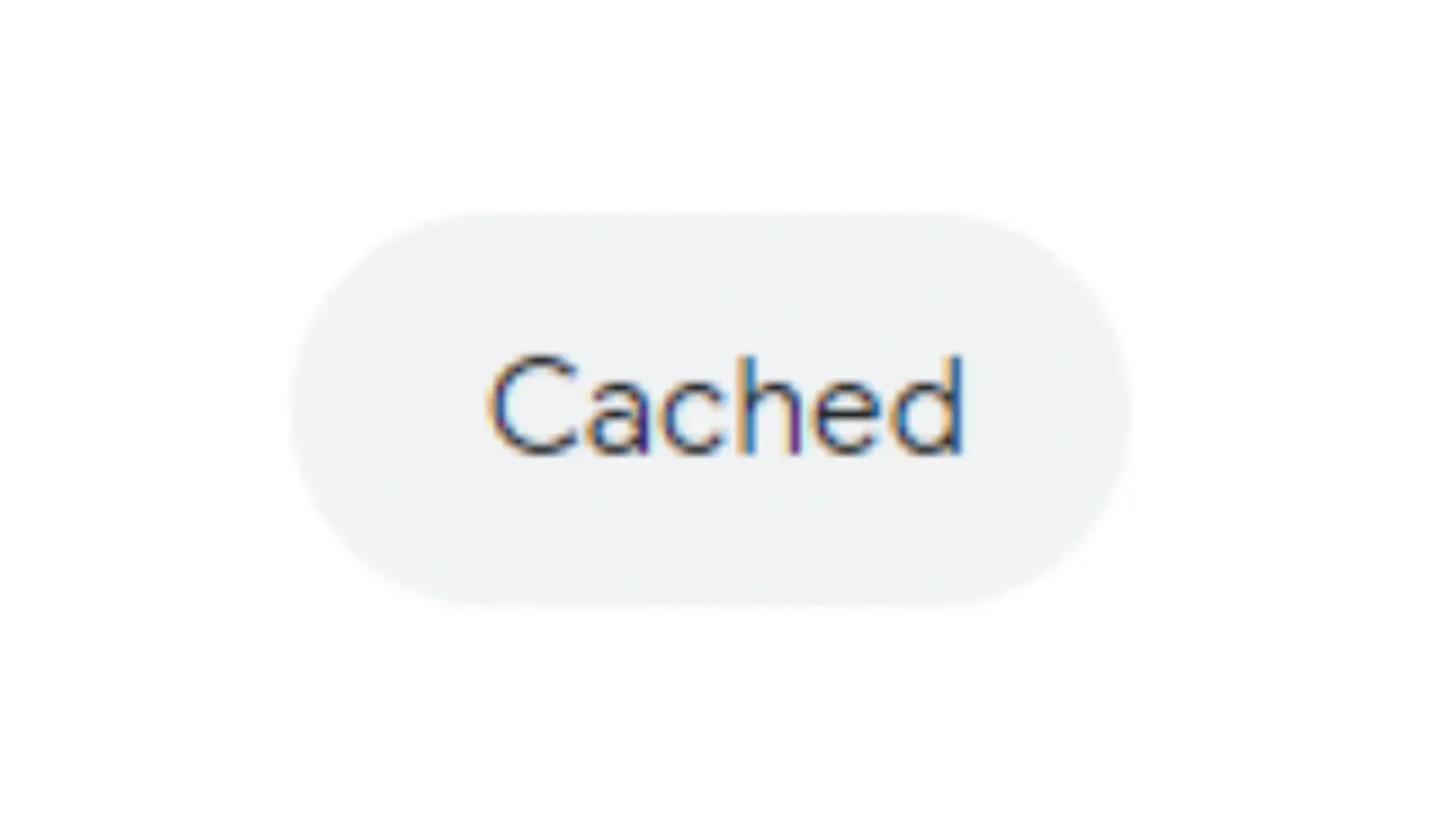Google bids farewell to the Cache Link
Google last month has officially retired the "cached" link from its search results. This feature, allowing users to view a snapshot of a webpage as Google last indexed it, has been a staple of the search engine since its early days.

In a move that surprised longtime users, Google last month has officially retired the "cached" link from its search results. This feature, allowing users to view a snapshot of a webpage as Google last indexed it, has been a staple of the search engine since its early days.
The cache link in Google search served two main purposes:
1. Accessing unavailable websites:
- If a website was down or experiencing technical difficulties, clicking the "Cached" link allowed you to view a snapshot of the page as Google last indexed it. This was particularly helpful when the live site was inaccessible due to issues like server overload or temporary unavailability.
2. Viewing historical versions of websites:
- The cached version displayed the page as it existed when Google's crawler last visited it. This could be used to see how content had changed over time, compare different versions, or even access information that had been removed from the live version.
The reason for the removal, according to Google Search Liaison Danny Sullivan, lies in the evolution of the internet itself. "These days, things have greatly improved," Sullivan explains, referring to the increased reliability and speed of websites compared to the past. "The 'cached' link was meant for helping people access pages when you often couldn't depend on a page loading," he adds.
While some may mourn the loss of a familiar tool, Sullivan suggests alternative solutions. He expresses hope that Google can integrate links to the Internet Archive's Wayback Machine directly into the "About This Result" section, where the "cached" link previously resided. This would allow users to access archived versions of webpages and observe how they've changed over time.
Additionally, Sullivan reminds users of the URL Inspector tool within Google Search Console, which enables website owners to see how Google's crawler perceives their own pages.
The removal of the "cache:" operator, used for directly searching cached versions of pages, is also planned for the near future. However, the "noarchive" tag used by website owners to prevent their pages from being cached will still be respected by Google.
This shift marks the end of an era for Google Search, but it also opens doors to new possibilities. By leveraging existing resources like the Wayback Machine and empowering website owners with tools like URL Inspector, Google aims to maintain its commitment to user access and transparency even as the web landscape continues to evolve.
Key takeaways
- Google removes the "cached" link from search results.
- Improved internet reliability renders the feature less necessary.
- Google may integrate links to the Wayback Machine for historical access.
- URL Inspector tool remains available for website owners.
- "noarchive" tag continues to be respected.
Search engines that still offer a cache button
1. Bing:
- Cache link is available next to most search results.
- Click it to view the cached version of the page.
2. DuckDuckGo:
- No dedicated cache button.
- However, use the "cache:" operator before a URL in the search bar to see cached results from Bing.
3. Yahoo!:
- Cache link is present next to search results.
- Functions similarly to Bing's cache feature.
4. Yandex:
- Cache link found under the "More" dropdown menu next to search results.

